Terroir
The glacer
A succession of rolling hills and sinuous contours, alternate in a game of hollows, (now you see me, now you don't) soft reliefs and fragments of mirrors of water. Memory of the ancient glacier, which in the last 500,000 years deposited debris in its repeated thrusts and retreats, modelling the shape of the current landscape of lake garda today.
Today the morainic hills appear arranged in vast concentric semi-circles in which they fan out towards the plain. Dating back to the time of the last two glaclations, when lake garda was still a huge glacier and its ice-tongues, like fingers of a powerful hand, pushed rocks, clay, stones and silts towards the valley in slow, rotating motion, depositing them at their edges.
Reaching milder climatic zones or interglacial periods, the ice melted away from the large piles of debris deposited.


Virgil's praises
The cultivation of the vine in the mantuan morainic hills is very old. It was the romans who introduced viticulture to this land, from which they produced an excellent wine, for local use and for trade. Famous are the virgil's praises towards the rhaetic wine produced surrounding hills and prealps. In the middle ages, despite the territorial reorganization, the wine-making areas didn't change. In fact, the noble mantuan families who owned villas and castles on the hills, have maintained the value high.

Ideal enviroment
The geographical conformation of the garda moranic hills, the mild and ventilated climate, due to the influence of lake garda, which plays an important mitigating action by absorbing heat and releasing it in relation to the external temperature, the nature of morainic clay, soils obtained from glaciations, form an ideal environment for the cultivation of the vine.
Changes in temperature are such, as to allow good ripening of the grapes, with constant acidity values and delicious aromas in the wines. The soil marks these wines in an unmistakable way with excellent flavour, especially white wines with а a highly typical wet earthy mineral vein.
The production area of the mantuan morainic hills extends over six municipalities of which Castiglione delle Stiviere, Cavriana, Monzambano, Ponti sul Mincio, Solferino and Volta Mantovana. There are two denominations to D.O.C., Garda Colli Mantovani and Garda (inter-regional Lombardy Veneto) a longside the denomination I.G.T. Alto Mincio and Mantua province.



